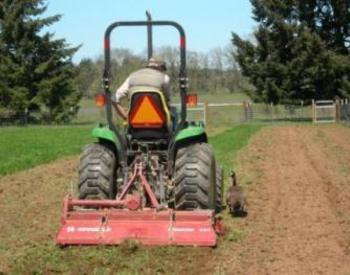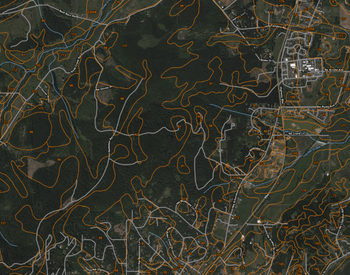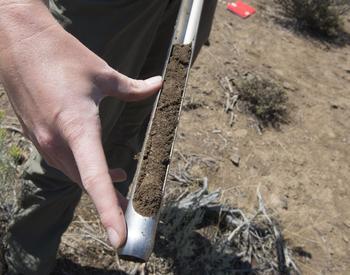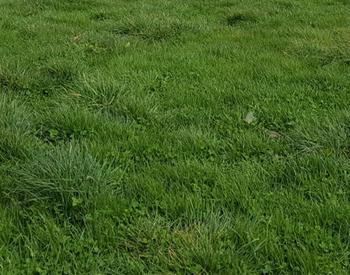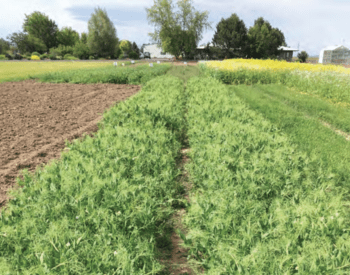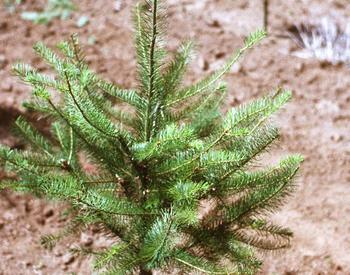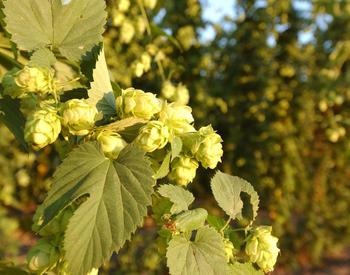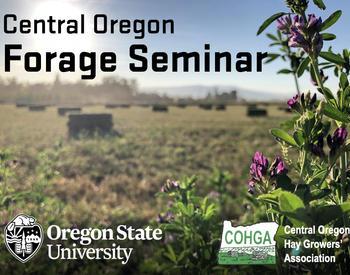When selecting a cover crop for a particular field, keep the end in mind. How does the crop need to function? Are you in need of a permanent crop like grass to stabilize soil and reduce erosion? Or perhaps you’re looking for a crop to increase soil organic matter and supply a nitrogen source in the winter between cash crops. Maybe you need a summer cover crop to help control and suppress weeds before planting a cash crop in the fall. How will you terminate temporary cover crops before replanting?
Cover crops provide many benefits to cropping systems. In western Oregon, many cover crops are planted in the early fall to provide cover during the winter months. Most often, cover crops are not grown for harvest, although some growers harvest fava beans or other cover crop seed.
Often referred to as “green manure,” winter crops are grown and turned under for soil improvement. Cover crops can improve soil tilth and structure, which in turn improves water infiltration and reduces compaction. Cover crops can also help control erosion, suppress weeds, maintain soil organic matter, and provide pollen and nectar for beneficial insects.
Another benefit occurs with nitrogen-fixing legumes that provide a nitrogen source for the following crop, reducing fertilizer costs. Some common nitrogen-fixing cover crops grown in Oregon are red, crimson and subterranean clover, field pea, common and hairy vetch, and fava bean.
Crops like buckwheat or sorghum-sudan are considered summer cover crops, which are used to suppress weeds and “clean” up the soil before planting a cash crop.
A “catch” crop is another function for cover crops, such as rye grain or other deep-rooted grasses. These crops catch excess nutrients left after harvesting a cash crop and help prevent leaching of nutrients into ground or surface water.
Permanent cover crops, like creeping red fescue, perennial rye grass and other grasses, are often planted between rows of perennial crops, like berries or grapes. These cover crops help reduce soil erosion, catch nutrients and excess irrigation, and improve soil quality.
Good cover crops have the following characteristics: fast germination and emergence, good seedling vigor, competitiveness with other plants, tolerance to adverse conditions, ease of suppression, inexpensive establishment and minimal management. Cover crops perform best when seeded early in the fall to allow for adequate rainfall, good soil conditions and some warmer weather for early establishment. Irrigation, if available, may be utilized after planting to encourage germination and early growth.
One challenge with cover crops is terminating the crop and preparing a seedbed for the cash crop to follow. Some cover crops like wheat, crimson clover and phacelia are fairly easy to kill mechanically. Conventional herbicide application in the early spring is an effective method to initiate killing the cover crop, but not in certified organic systems. If tillage is used to incorporate the cover crop, wet soil can delay the process.
Other cover crops such as spring oats and sudan grass are susceptible to winter kill, which begins to degrade the biomass, creating better conditions for incorporation into the soil. Most cover crops should be allowed to decompose in the soil for at least a couple weeks before planting a cash crop.
Selecting a cover crop to match the specific needs of the cropping system is accomplished by looking at all options and keeping the end result in mind. Consider equipment needs, timing of planting and harvesting, and the benefits of a specific cover crop.


